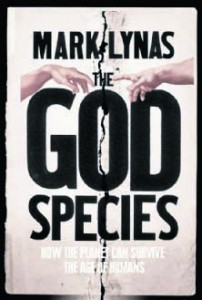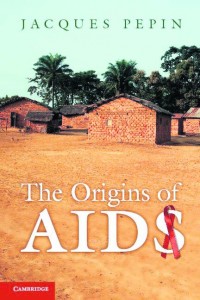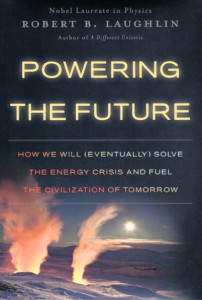WEDNESDAY, 18 JANUARY 2012
Celebrating our species’ technological achievements, in his latest book Mark Lynas takes a fresh look at the state of our planet and sets out a global plan of action to save the Earth from environmental disaster. Lynas’s The God Species introduces the concept of ‘Planetary Boundaries’, which outline ‘safety zones’ in which we can live without irreparably damaging the planet. These nine boundaries all relate to the global systems most at risk from our activities. Some, like climate change, have already been crossed, whilst others, such as ocean acidification, will also be passed before long. While the idea of the ‘Planetary Boundaries’ is itself new, it is in Lynas’s strategy for keeping within them that The God Species shines. Sensing that the green ideology of cutting consumption is faltering, his vision imposes no limits on human activity but instead actually encourages growth within the limits imposed by the boundaries. While his strategies often promote the controversial, such as nuclear power and genetic modification, his supporting arguments are meticulously reinforced with peer-reviewed studies and real-world examples. With a refreshingly optimistic outlook, The God Species is an impassioned plea to use the knowledge and technology that 3.7 billion years of evolution have equipped us with to build a better and greener future. Vicki MoignardThe Origins of AIDS - Jacques Pepin
Thirty years have now passed since the first reported cases of AIDS in 1981, but in Jacques Pepin’s The Origins of AIDS, the events of 1981 are seen as the culmination of a much older history. Using epidemiological data, Pepin carefully pieces together the most plausible explanation for how HIV first entered, and then spread, within the human population. While debunking myths surrounding the cross-species transmission of AIDS, Pepin provides definitive evidence for his own explanation. After hunters in the Belgian Congo became infected with a primate form of HIV in 1921, the mass health campaigns of European colonists spread the virus through dirty needles used for intravenously injecting antibiotics. Pepin then charts the leap of HIV from the Congo to Haiti and its subsequent penetration into the US through sex tourism and the blood trade. The chronological order of Pepin’s book, beginning decades before the 1980s epidemic, and its ability to contextualise the biology of AIDS within a historical and sociological framework, make it a crucial read for understanding how a series of unlikely circumstances could kill 29 million people within just 30 years. Leila Haghighat
Powering The Future - Robert B. Laughlin
In most publications concerning the combined issues of climate change and energy, it can be hard to find solid ground upon which to survey the future ahead. In Powering the Future, a new book by Nobel Prize-winning physicist Robert B. Laughlin, this task is made simple by the clearest of scientific and economic arguments. Very early in the book, Laughlin skilfully separates the problems of climate change and energy resources. By doing so, he avoids the emotional baggage that the former often entails to give a detailed exploration of where our energy will come from in 200 years. His bottom line is that no matter what our personal feelings might be towards nuclear energy or green technology, the majority of us will choose the cheapest option. He proceeds to examine the options, ranging from the possible industrialisation of desert areas for solar energy to a future that may even see energy production located in the deepest reaches of the sea. The great strength of Laughlin’s book is that it eschews emotionalism for cold reason; an approach that is immensely useful for those who not only want to understand the options for energy production but who also wish to calmly discuss the future of a post-carbon world. Matthew Dunstan



